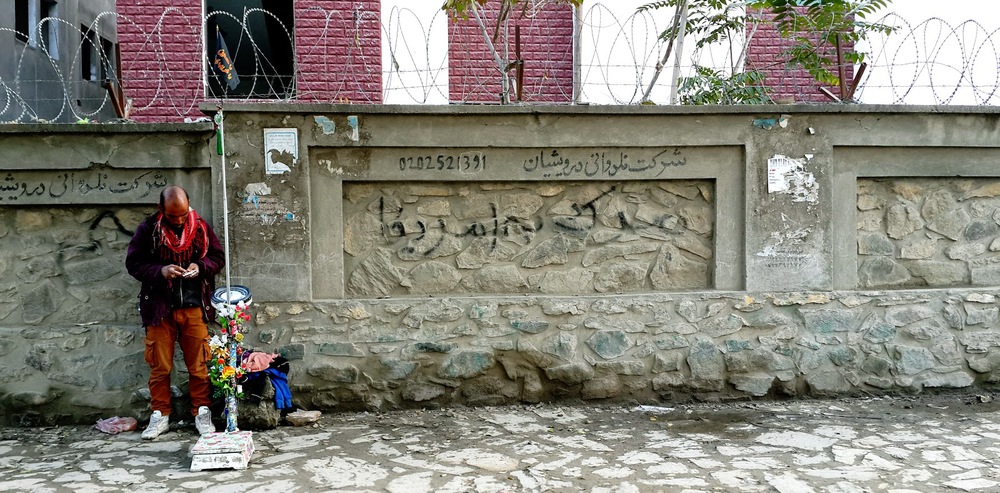One year on from my return to the Bermuda Department of Planning in June 2013, I do have some observations to share.
Aspects of the planning profession have changed a lot in the past decade or so. Actually, urban planning began changing more than ten years ago – as, indeed, it should – but our professional institutes seemed slow to catch on. (And I’m not sure whether planning educators could even be considered ‘current’ at this point.)
What changed? Community engagement now goes beyond town hall meetings and open houses. There are tools such as MindMixer and Neighborland to gauge public opinion and obtain constructive input and feedback. Charettes, traditionally used by architects to brainstorm design solutions, can help focus planning priorities and develop a consensus on options.
 seaside, fl, early new urbanism. image - steve brookeWhat else? ‘Walkable city’ is a movement that began, slowly, at the nexus of new urbanism and transit-oriented development back in the nineties. When planners put an emphasis on pedestrians, it can reap benefits across a goodly spectrum of our daily lives. You can end up with better sidewalks, slower traffic, improved health and increased economic activity.
seaside, fl, early new urbanism. image - steve brookeWhat else? ‘Walkable city’ is a movement that began, slowly, at the nexus of new urbanism and transit-oriented development back in the nineties. When planners put an emphasis on pedestrians, it can reap benefits across a goodly spectrum of our daily lives. You can end up with better sidewalks, slower traffic, improved health and increased economic activity.
Tactical urbanism, newer still, is a form of community building through people-focussed interventions where residents take matters into their own hands. They don’t wait for planners to do a study or conduct a survey; they see a need and address it. This is a tool planners are beginning to latch onto as well. Useful where the ‘powers that be’ are slow to recognise and act upon opportunities to improve a neighbourhood.
So, is Bermuda keeping pace with these examples of new directions in urban planning? Partly, yes. With development of the new City Plan, traditional community engagement efforts were mixed with newer methods of outreach to help guide strategy and policies. I suspect there will be more experimentation with, and additions to, the engagement toolbox. Apart from anything else, it’s fun!
The walkable city is a tougher nut to crack. In Bermuda, there is a perception that parking must occur as close new york, ny, #1 walkable us city. image - walkscore as possible to one’s final destination, which results in an emphasis on cars rather than pedestrians. Tools such as Walk[YourCity] may help to restructure the odd and negative reaction to walking anywhere – apart from the E2E! – that Bermudians seem to have.
new york, ny, #1 walkable us city. image - walkscore as possible to one’s final destination, which results in an emphasis on cars rather than pedestrians. Tools such as Walk[YourCity] may help to restructure the odd and negative reaction to walking anywhere – apart from the E2E! – that Bermudians seem to have.
As for tactical urbanism, Ms Simmons on Ewing Street demonstrated quite well how to take matters into her own hands! In this case, her purpose was to save existing trees in a neighbourhood rather than a guerilla action to plant new trees.
In all, as I indicated when I got this job, I would like to see productive collaborations between the Department of Planning and those having a sincere interest and/or investment in our island, and I don’t mean only developers and homeowners. There is room at the planning table for artists, environmental stewards, students, entertainers, hoteliers – anyone, really. We can use the new directions of the planning profession to devise and realise all sorts of collaborations that improve Bermuda for everyone.






